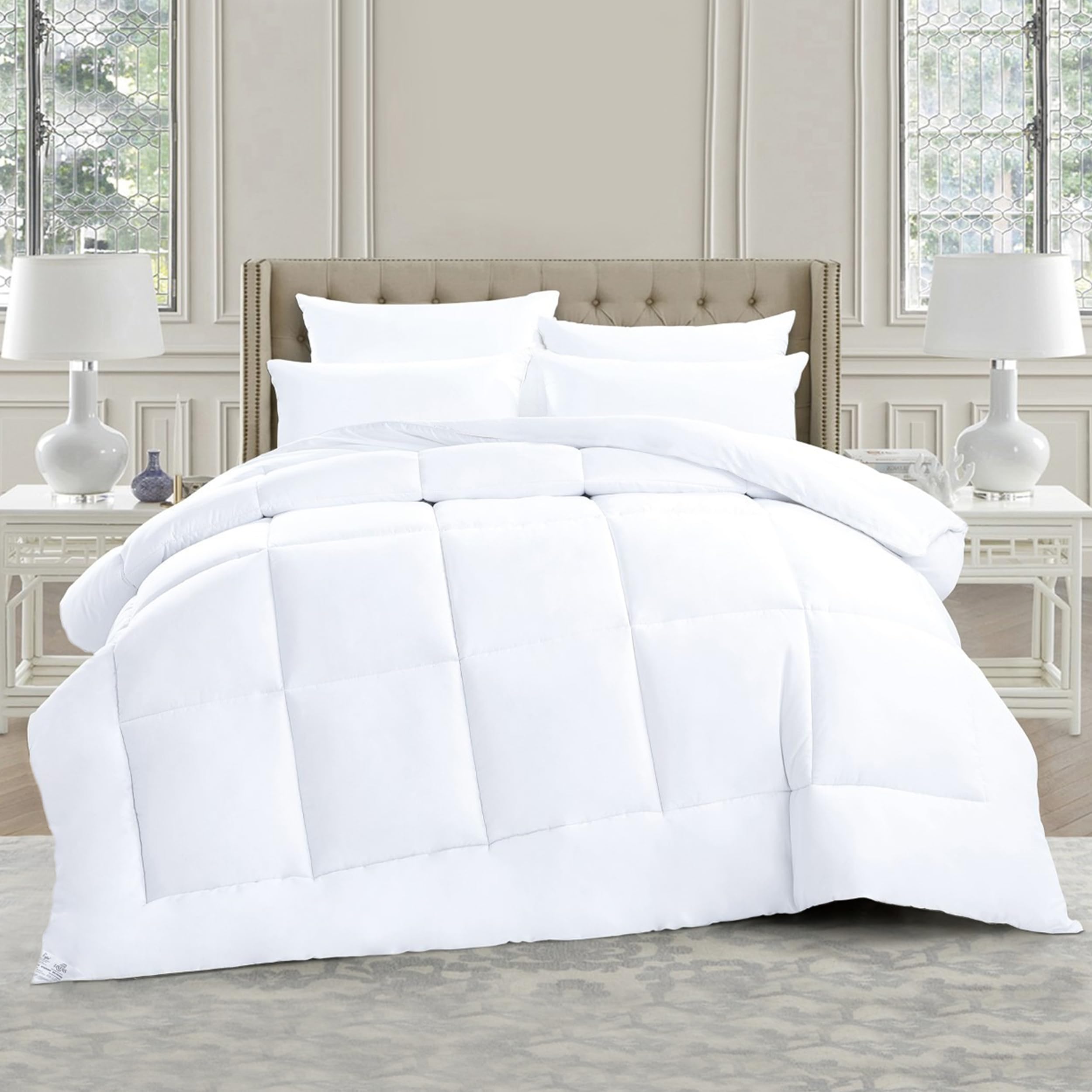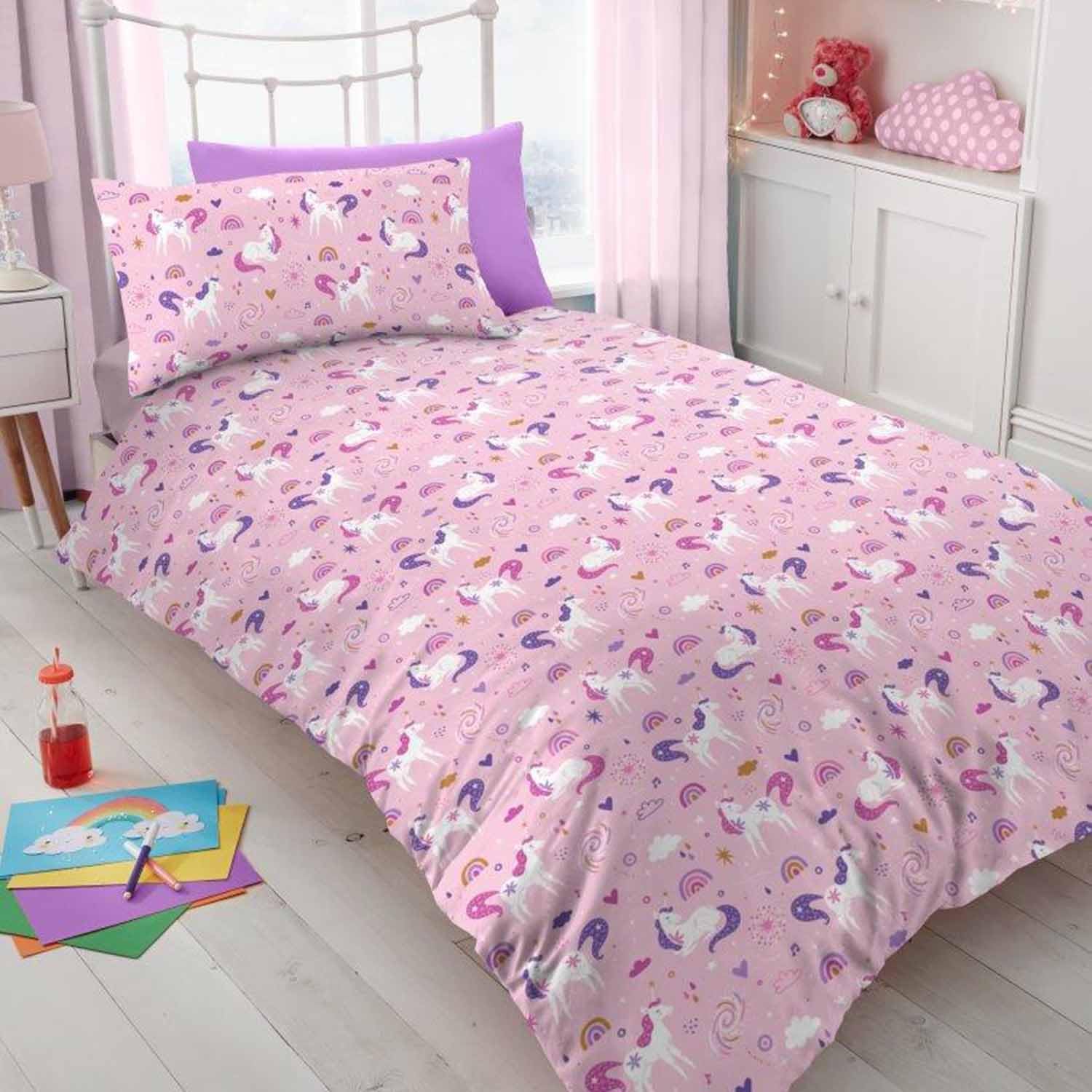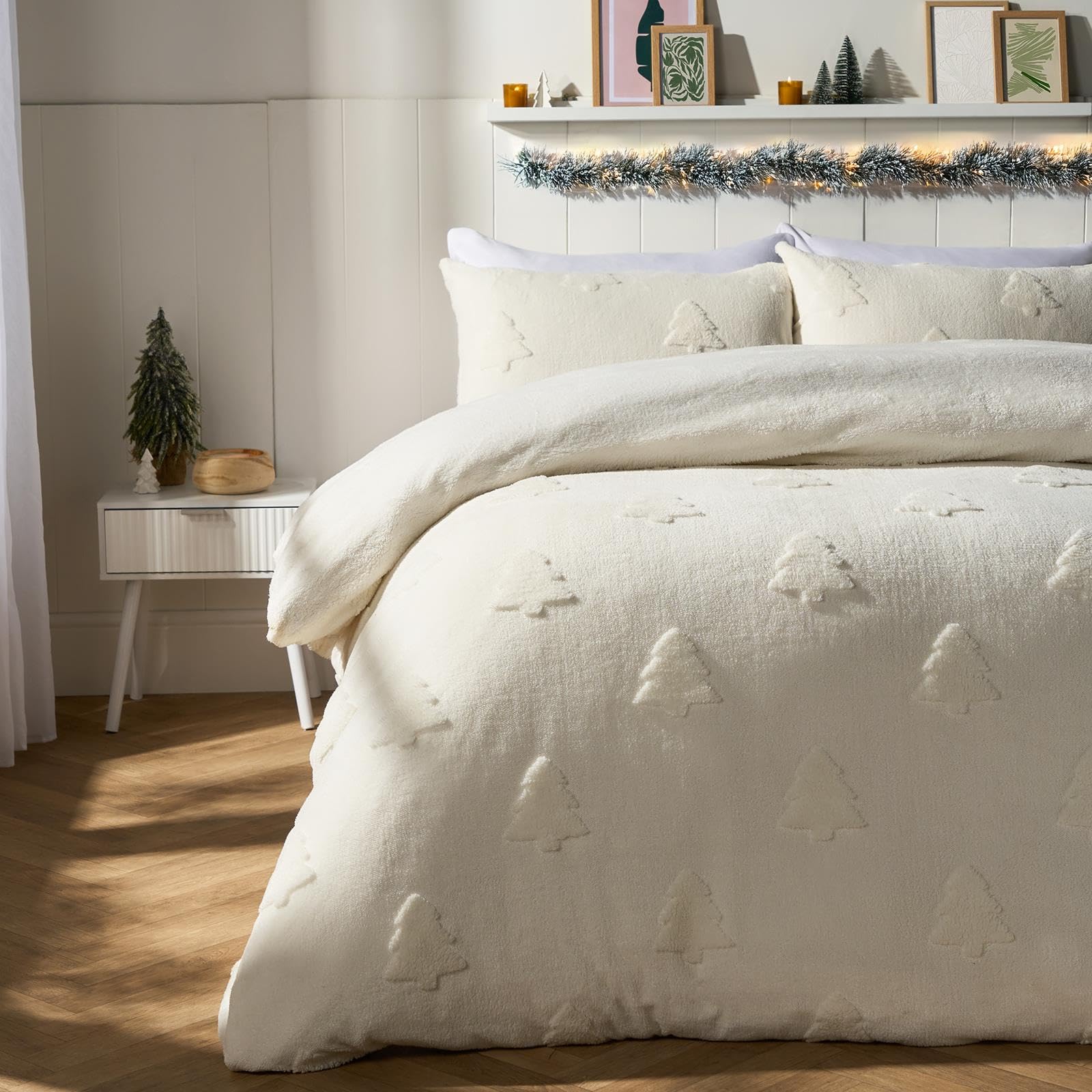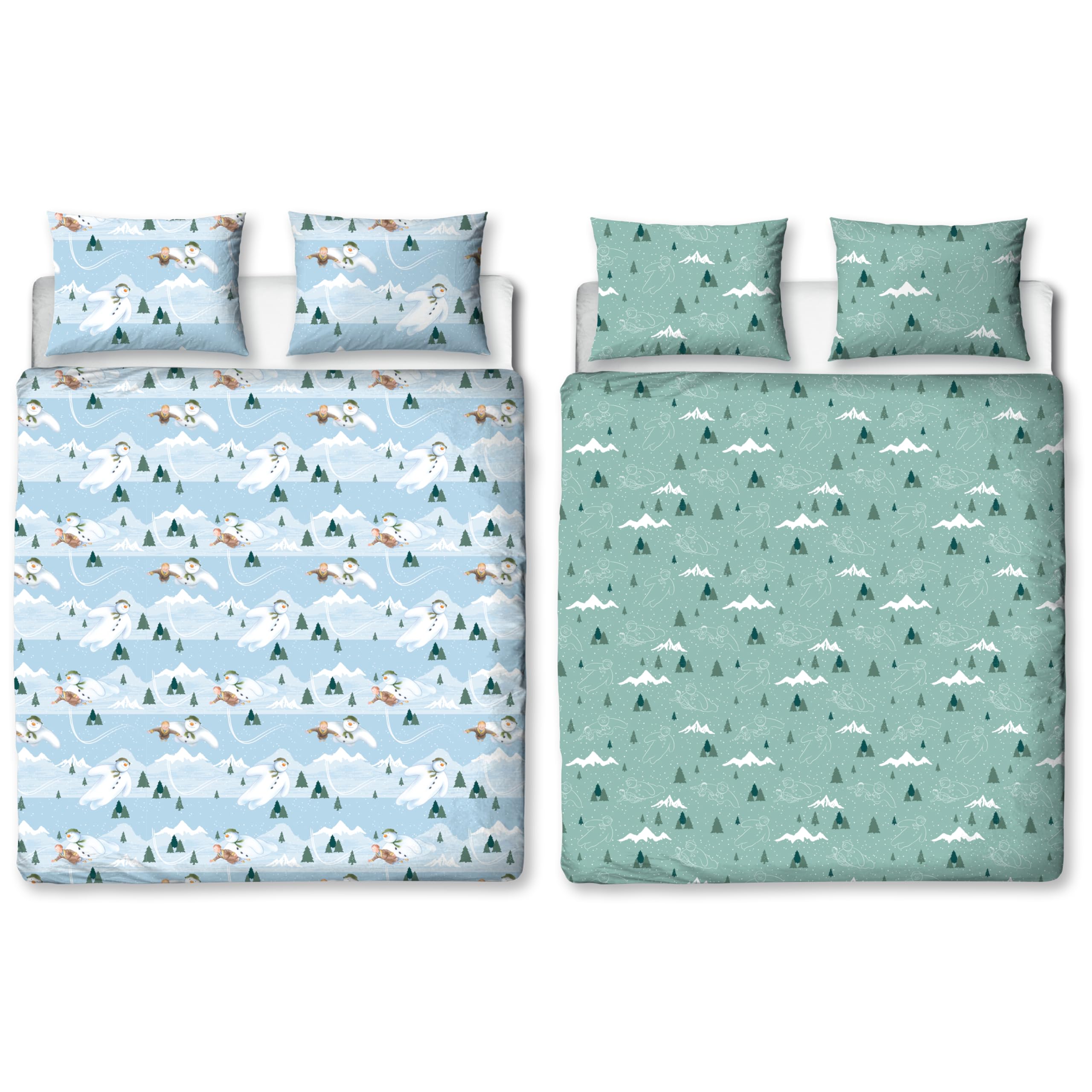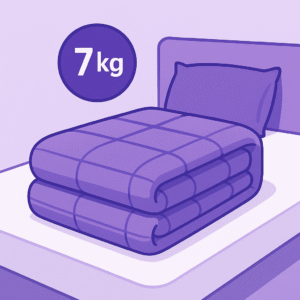Allergy friendly duvets promise clearer mornings by reducing exposure to dust mites and managing humidity. The best results come from combining a well made duvet with breathable covers and simple washing routines. This UK guide explains what hypoallergenic really means, how pore size and weaving affect allergens, why moisture control matters, and how to keep a duvet fresh through the year without turning the bedroom into a laundry room.
Seasonal warmth usually comes from duvets that balance weight and airflow in UK bedrooms.
What hypoallergenic really means
Hypoallergenic on a label is not a single test standard. It usually signals that the duvet uses synthetic fill or down that has been cleaned to reduce common allergens. Better products specify barrier properties or include anti dust mite treatments in the fabric. A good starting point is a duvet with a tightly woven cover that acts as a barrier while still allowing air to move. Pair it with pillow protectors and a breathable mattress protector so the whole bed supports easier breathing.
Barrier covers and pore size
Dust mites and their droppings are small enough to pass through loose weaves. A tightly woven down proof cotton cover reduces the passage of particles while feeling natural and breathable. Look for covers that mention thread density and down proof construction. Full encasements are most useful for mattresses and pillows. For duvets, a quality down proof cover provides a sensible balance of barrier and comfort.
Fill choices for sensitive sleepers
Synthetic microfibres are popular for allergy friendly duvets because they wash easily and dry quickly. Choose a fill that feels soft without clumping into dense pads. Down and feather can also work if you buy from brands that state thorough cleaning and use down proof covers. Many sensitive sleepers find that breathability matters as much as material. A duvet that lets moisture escape feels fresher and is less likely to cause morning stuffiness.
Humidity control reduces symptoms
Dust mites thrive in warm, humid environments. Keep the bedroom in a comfortable middle humidity band by ventilating in the evening, using extractor fans in bathrooms, and running a dehumidifier during laundry days if the home is damp. Combine that with breathable bedding so moisture does not collect under the duvet. The result is a bed that feels drier and cleaner, which helps many allergy sufferers sleep more soundly.
Washing routines that work
Wash duvet covers weekly in season and air the duvet itself regularly on dry days. Synthetic duvets can often be washed at home a few times a year if they fit your machine. Down needs larger drums and a longer drying time. If your duvet is too large for home washing, use a laundrette to avoid clumps and lingering damp. Clean pillow protectors every one to two weeks because they sit closest to your nose. Fresh covers and protectors make a bigger difference than constant duvet washing.
Choose the right tog and stay comfortable
Overheating worsens congestion for some people. Pick a tog that suits your room and your body. If you run warm, use a 4.5 to 7 tog in summer and a 10.5 tog in winter, with breathable percale sheets so heat can escape. If you feel the cold, choose a 13.5 tog for cold bedrooms but keep the cover breathable to prevent clammy nights.
Care that keeps the duvet fresh
Shake and fluff the duvet daily so fill redistributes and dries. Air the bed by folding the cover back each morning to let moisture escape. Spot clean small marks and wash the duvet when smells persist. Replace tired duvets that have lost loft and trap heat in heavy clumps. Fresh loft feels lighter and cleaner at the same tog.
Breathable, barrier‑smart options feature in allergy‑friendly duvets for UK homes; a full bedroom setup usually includes supportive pillows with protectors and a quiet mattress protector.
FAQs
Is synthetic always better for allergies?
Not always. Clean down in a down proof cover can work for some. What matters most is a barrier cover, good hygiene, and a bedroom that is not humid.
How often should I wash an allergy friendly duvet?
Air weekly and wash a few times a year, or sooner if odours persist. Focus frequent washing on covers and pillow protectors.
Do anti mite treatments on fabric help?
They can help in the short term. Many people prefer barrier weaves plus regular washing for a long term approach without chemical finishes.
